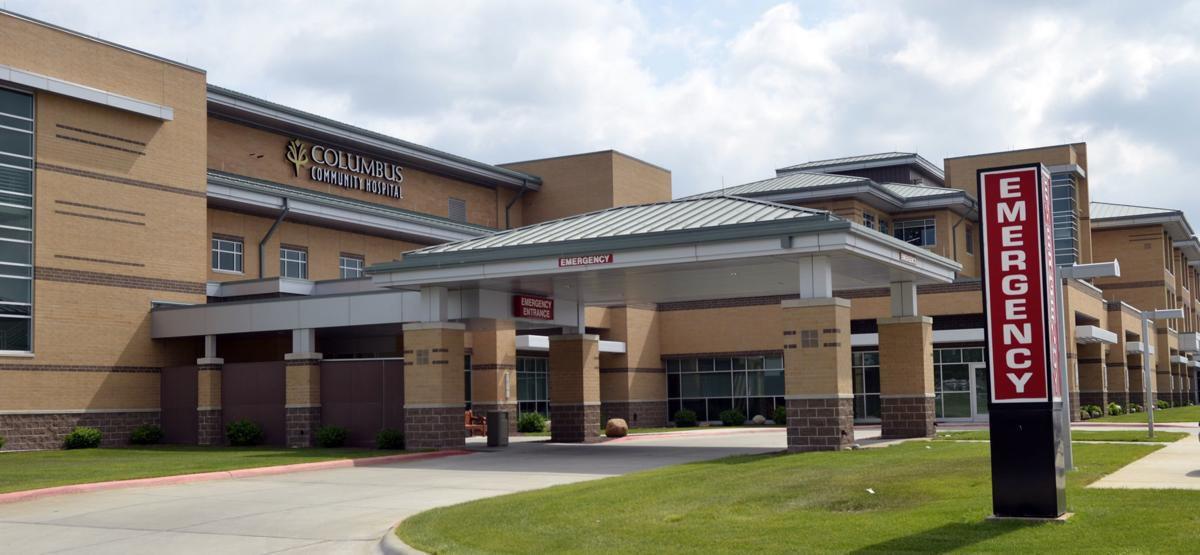Well doctor you missed telling them the facts of stroke rehab.
1. There are NO PROTOCOLS, only useless guidelines.
2. You only have a 10% chance of full recovery.
Life after stroke: Rehab and persistence can pay off
Columbus Community Hospital, 4600 38th St.
The rehabilitation process
A stroke occurs when blood flow to the brain becomes blocked. The most common type of stroke is ischemic, which is caused by a blood clot. Less common — but far more often fatal —is a hemorrhagic stroke (bleeding), which occurs when a blood vessel in the brain ruptures. People who suffer a stroke are affected differently depending on the type of stroke, the area of the brain affected and the extent of brain injury. Someone who has had a stroke may lose their muscle strength and control of their bowel or bladder, experience vision loss or have problems communicating.
A team of rehabilitation specialists coordinates a stroke survivor's care.(Notice the word 'care' NOT RECOVERY!) This team includes:
- Medical doctors –
A physiatrist is a doctor who specializes in rehabilitation medicine. A
physiatrist can help a patient with post-stroke related complications,
such as joint/tendon/muscle pain. They can also help treat abnormal
muscle tightness with medications and Botox injections.(Notice the doctor seems to know nothing about stroke rehab.)
- Physical therapists – A PT prompts a partially paralyzed or weakened patient to change positions frequently in bed. They teach exercises to correct balance, build strength and improve walking skills. Studies show that intense walking exercises help patients increase gait speed and improve mobility.
- Occupational therapists – An OT helps the patient relearn everyday living skills such as eating, dressing and using the bathroom. They may recommend braces to improve the patient's function, and adaptive devices and techniques to help them regain independence.
- Speech therapists – This type of therapist helps the patient with aphasia, which is difficulty speaking, finding the correct words or understanding language. They use language games to help the patient progress from using gestures to more complex language skills.
The team may also include a rehab nurse, a recreational therapist, a psychologist and a social worker. Since some stroke survivors suffer vision loss, blurriness or eyestrain, they may also need to visit an optometrist or ophthalmologist for therapies that can retrain, strengthen or sharpen vision.
Researchers have found that patients who continue their exercises after leaving the hospital make significant progress and have a greater chance of becoming independent again. Additionally, studies show patients over age 75 who receive stroke rehabilitation continue to improve, which suggests that stroke survivors are seldom too old to benefit from therapy.
If you've suffered a stroke, don't hesitate to reach out for the emotional support and understanding you need. And if a loved one is a stroke survivor, help them persevere. Relearning basic skills is physically and emotionally demanding, so patients must remain motivated to work hard to recover.
Dr. Mahmut Kaner, MD, is a board-certified physician with Columbus Community Hospital's Visiting Physician Clinic.

No comments:
Post a Comment